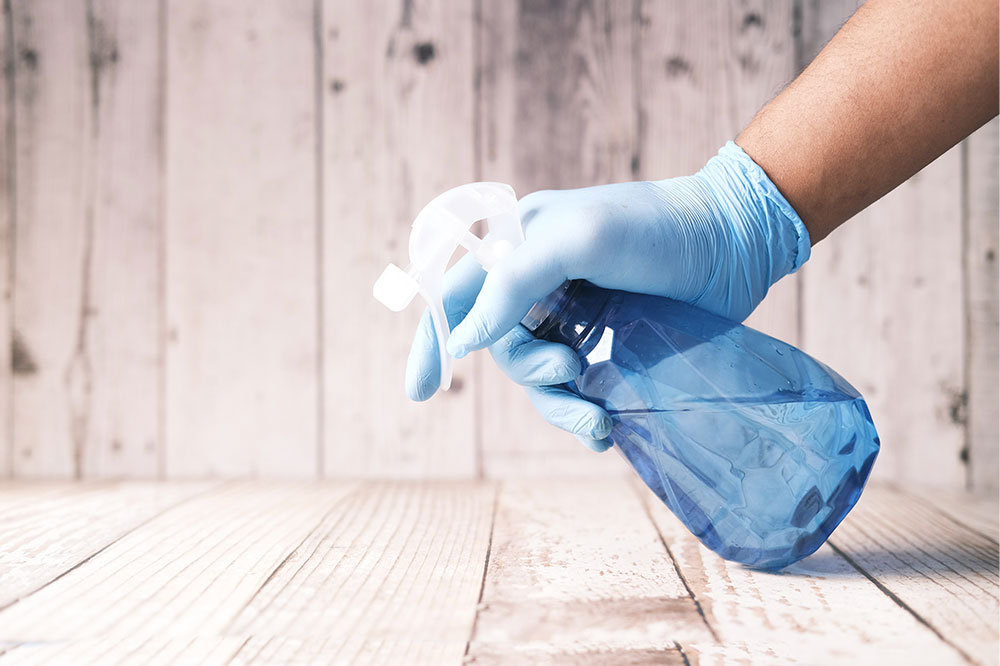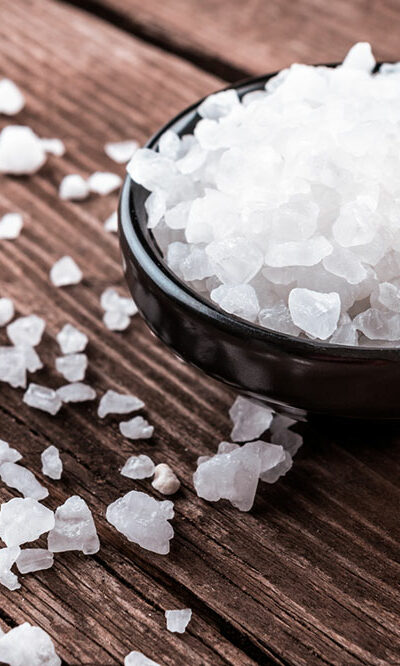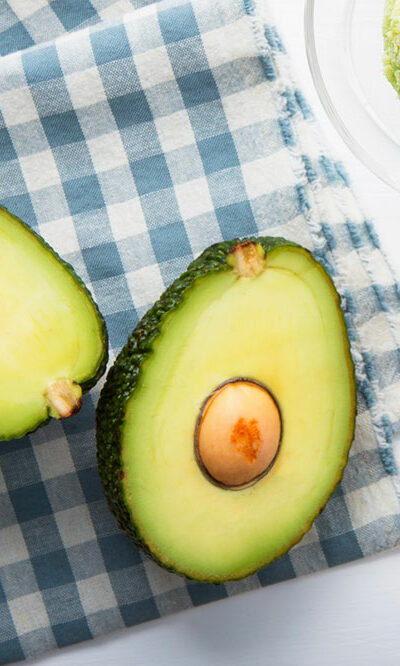4 home cleaning mistakes to steer clear of

Who doesn’t love coming back to a neat and tidy home? When it comes to cleaning the house, everyone has their tried and tested methods that they resort to without giving it a second thought. Also if you’re regulars at cleaning your homes, some everyday cleaning habits that can do more harm than good. So, if you’re deep cleaning your home, here are four common cleaning mistakes you should steer clear of:
Not cleaning your cleaning appliances and dusters
Our cleaning devices are meant to keep things clean, but don’t forget to clean them too. Devices like washing machines, dishwashers, and vacuum cleaners, can collect dust, dirt, and debris over time. Dishwashers, for example, if not cleaned regularly, can have a lot of food particles and residue build-up stuck underneath, which can cause an unpleasant odor. This can also make your freshly-cleaned dishes come out cloudy. Moreover, in washing machines, this can lead to your freshly washed clothes having an unpleasant smell with a lot of cloth residue, prompting you to put on the second cycle of cleaning, which will not only waste time, but also consume plenty of electricity and water. Not washing your vacuum’s dust bag can also make cleaning more difficult as it might get clogged with dirt and hair. So, take a couple of minutes after you’re done vacuuming to clean out your vacuum’s brushes and dust bag. Instead of starting a second cycle, clean your machines regularly to make them work properly. For your dishwasher, consider adding a cup of vinegar on the top rack and run it on an empty cycle. Besides, to clean your washing machine, try using cleaning tablets.
Additionally, cleaning your counters and windows with a dirty rag does not help. In fact, you could be spreading bacteria all around your house. Instead opt for clean microfiber cloths that won’t leave lint behind, and can be easily cleaned in the washing machine.
Not cleaning from top to bottom
Think about your cleaning routine for your home. Do you start with sweeping and mopping the floors, then cleaning the shelves and cabinets, and finally dusting on the top surfaces? If so, you’ll start noticing little flecks of dirt on your freshly cleaned floor by the time you finish. Instead of starting from the bottom, start your cleaning from the top. Dust the top cabinets, surfaces, and counters before you clean the lower shelves and floors. Cleaning this way will let you clean in one go, without needing to do other parts of the house. You can do this also when deep cleaning your entire home. Start by cleaning from the innermost rooms or corners, and work your way out so you can ensure a sparkling clean house when you’re done.
Scrubbing the walls
Do your kids love drawing on the walls? If so, scrubbing them clean with an abrasive cleaner may not be the best solution. It could lead to the paint peeling off, or worse, damaging the plaster underneath. To clean these messes, try using non-abrasive sponges on a small spot and check if it helps, before scrubbing the entire area. Alternatively, you could also use a mix of baking soda and warm water, to start to lift it, and help the cleaning process. A permanent solution for this could be applying new coat of paint.
Rubbing stains instead of blotting
Spills and splatters often require your immediate attention. However, scrubbing them can make them worse. Rubbing a stain can make it spread, or push it deeper into the material, damaging the upholstery. Instead of rubbing, instead blot the stains with a clean, white cloth, and then use an appropriate stain removal method.
For example, for stains on your hardwood floors, avoid using too much water. After mopping or spritzing a cleaning solution, clean the floors with a dry cloth to make sure you absorb as much water possible. Excessive water can lead to blackened, water-stained floors, which will ruin the wood and also make them appear dirty. Similarly, avoid using vinegar on marble or granite countertops, as it can strip surfaces or discolor natural materials because of the high acidity level. To clean marble and granite, use warm soapy water for deepest finish.
Final thoughts:
Apart from these mistakes, it is also imperative to avoid spraying electronics with water or cleaning solutions. To effectively clean your electronics, spray the cleaning product on a cloth, and then wipe your gadgets with it. Similarly, avoid spraying wood polish directly onto your furniture, as it could lead to too much product being soaked in, which can discolor or distort the appearance of your furniture.
Spray the wood polish onto a clean microfiber cloth and then apply it to your wooden pieces for an even application. After cleaning, give your furniture, shelves, appliances, and floors proper ventilation, especially when using abrasive cleaners like ammonia or bleach. Given their strength, fumes from these products can irritate the airways in your home. Ensure you clear the air by turning on a fan, opening the windows, or switching on the air purifying system to keep the air as clean as your freshly-cleaned home!







